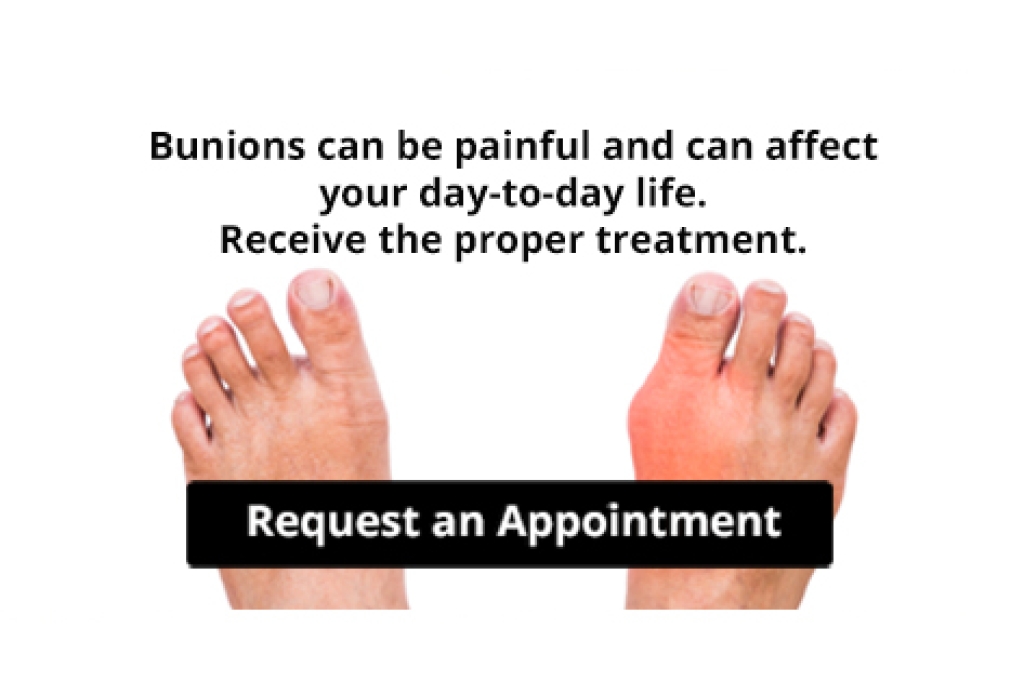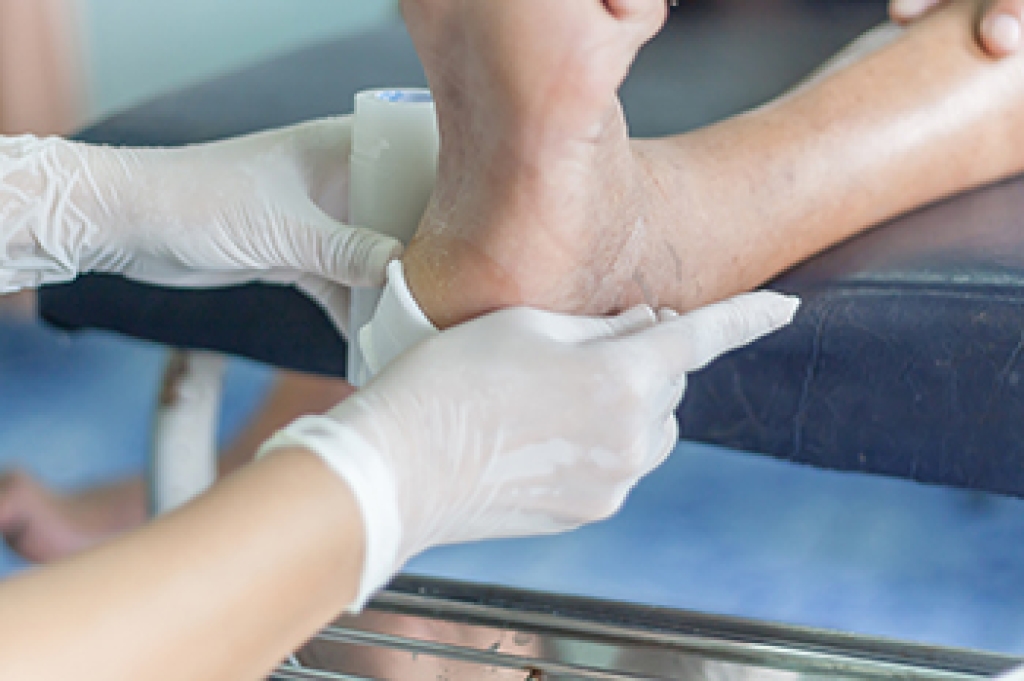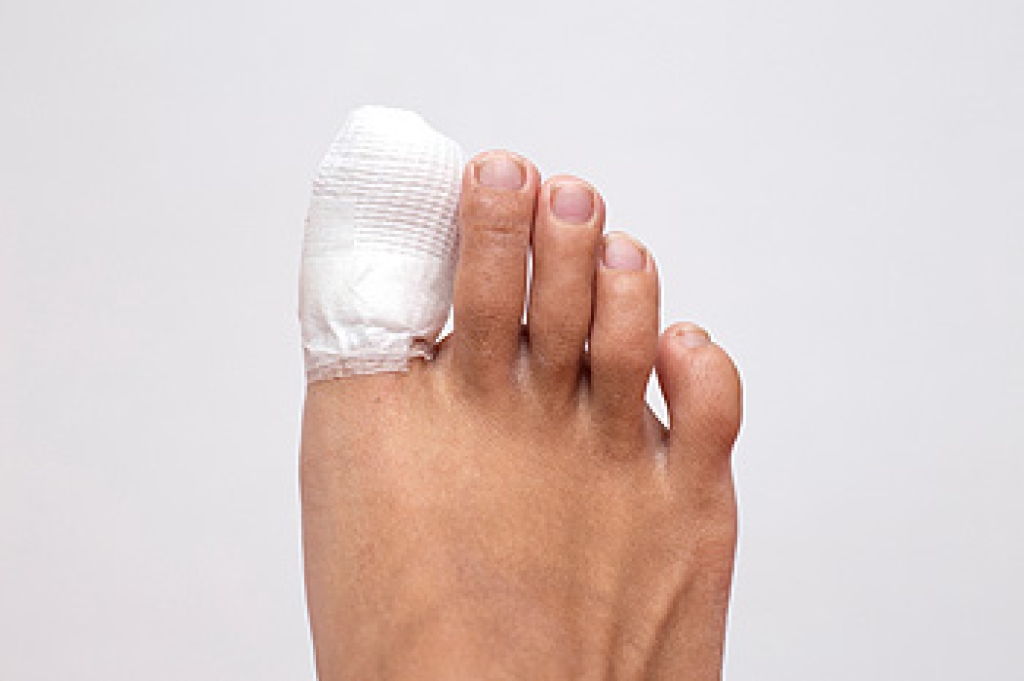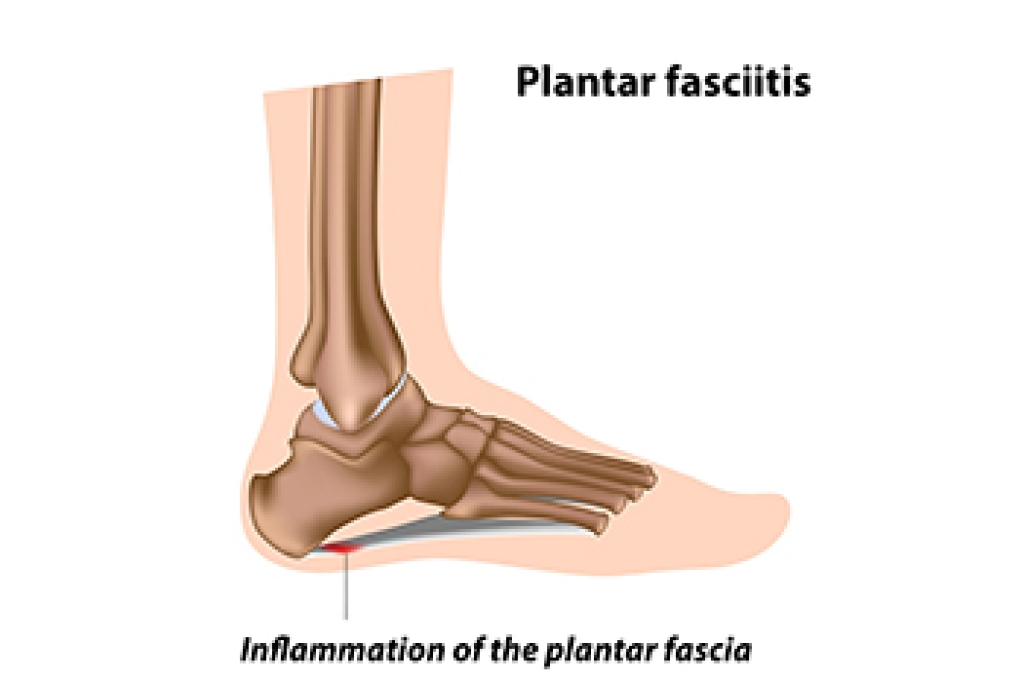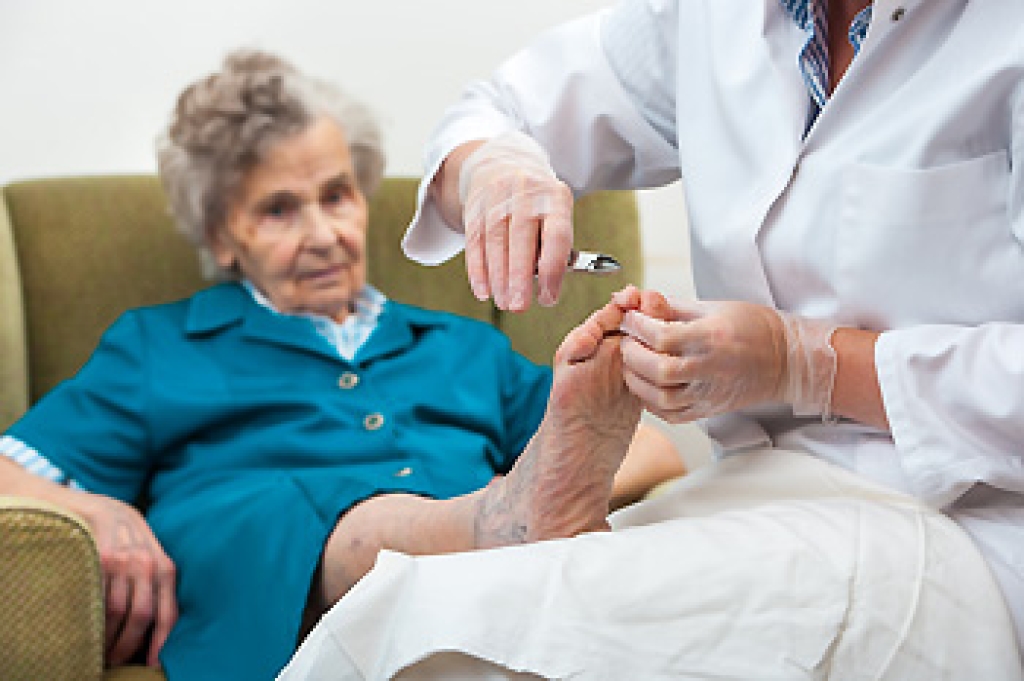
Baby’s feet are adorable and can melt your heart. Their feet are mostly made up of fatty tissue and are generally soft and pliable. At first baby’s feet may appear blue, wrinkled, and peeling, but as soon as a baby gets warm, their feet will become pink and fill out. It is important to care for a baby’s feet to make them strong enough for when they start walking. Their feet should be clean and clear of infection. Their feet should be allowed to grow, develop, and strengthen naturally. Wash and dry a baby’s feet daily. Sprinkle them with baby powder to assure they stay dry. Cut toenails straight across to ensure they do not grow into the skin. Make sure the baby has enough space to move their feet around, without being restricted. Exercise their feet by tickling their feet a bit so they can flex and stretch them. Have them wear socks versus shoes so movement is free. Examine the baby’s feet to make sure problems are not brewing. See a podiatrist for a proper evaluation and treatment if you see something amiss with your baby's feet.
The health of a child’s feet is vital to their overall well-being. If you have any questions regarding foot health, contact Andrew Katz, DPM of Allcare Foothealth Center. Our doctor can provide the care you need to keep you pain-free and on your feet.
Tips for Keeping Children's Feet Healthy
- Make sure their shoes fit properly
- Look for any signs of in-toeing or out-toeing
- Check to see if they have Clubfoot (condition that affects your child’s foot and ankle, twisting the heel and toes inward) which is one of the most common nonmajor birth defects.
- Lightly cover your baby’s feet (Tight covers may keep your baby from moving their feet freely, and could prevent normal development)
- Allow your toddler to go shoeless (Shoes can be restricting for a young child’s foot)
- Cut toenails straight across to avoid ingrown toenails
- Keep your child’s foot clean and dry
- Cover cuts and scrapes. Wash any scratches with soap and water and cover them with a bandage until they’ve healed.
If you have any questions, please feel free to contact our office located in Palmdale, CA . We offer the newest diagnostic and treatment technologies for all your foot care needs.
